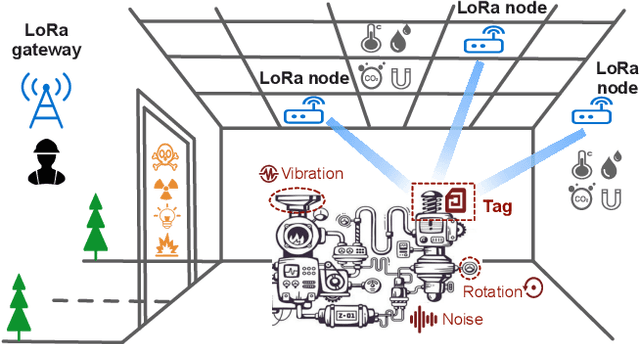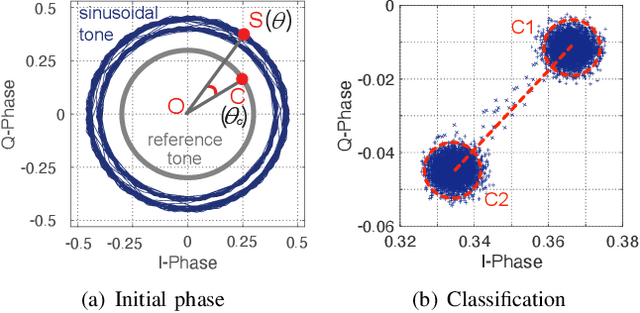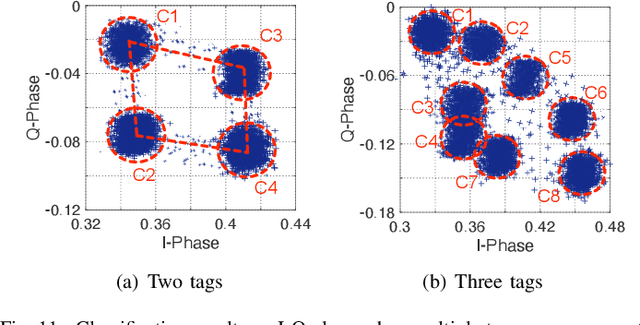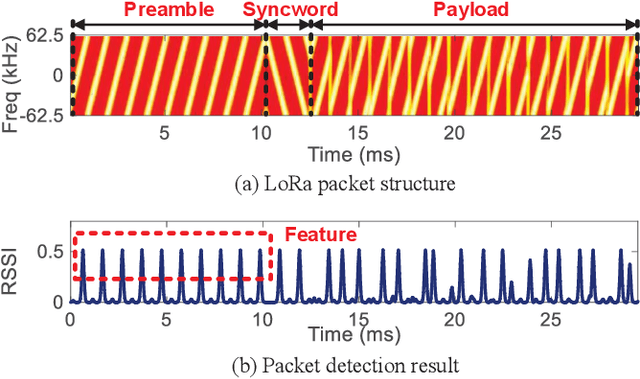Efficient Ambient LoRa Backscatter with On-Off Keying Modulation
Paper and Code
Sep 30, 2022



Backscatter communication holds potential for ubiquitous and low-cost connectivity among low-power IoT devices. To avoid interference between the carrier signal and the backscatter signal, recent works propose a frequency-shifting technique to separate these two signals in the frequency domain. Such proposals, however, have to occupy the precious wireless spectrum that is already overcrowded, and increase the power, cost, and complexity of the backscatter tag. In this paper, we revisit the classic ON-OFF Keying (OOK) modulation and propose Aloba, a backscatter system that takes the ambient LoRa transmissions as the excitation and piggybacks the in-band OOK modulated signals over the LoRa transmissions. Our design enables the backsactter signal to work in the same frequency band of the carrier signal, meanwhile achieving flexible data rate at different transmission range. The key contributions of Aloba include: (1) the design of a low-power backscatter tag that can pick up the ambient LoRa signals from other signals. (2) a novel decoding algorithm to demodulate both the carrier signal and the backscatter signal from their superposition. We further adopt link coding mechanism and interleave operation to enhance the reliability of backscatter signal decoding. We implement Aloba and conduct head-to-head comparison with the state-of-the-art LoRa backscatter system PLoRa in various settings. The experiment results show Aloba can achieve 199.4 Kbps data rate at various distances, 52.4 times higher than PLoRa.
 Add to Chrome
Add to Chrome Add to Firefox
Add to Firefox Add to Edge
Add to Edge